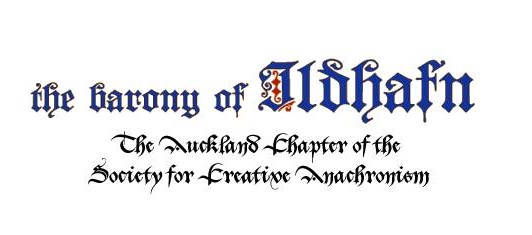Date:
Early 17th century (c. 1600–1615)
Description:
“Black Alman” (or “Black Almain”) is a stately instrumental dance in almain (allemande) style, popular in England during the late Renaissance and early Baroque period. Often attributed to composers like Anthony Holborne or Thomas Morley, it was a well-known tune performed at courtly events, masques, and social gatherings. Its elegant, steady rhythm and clear structure made it ideal for formal dancing.
Discussion:
The almain was a duple-meter dance of German origin, adapted into English court life with a more measured and graceful character. “Black Alman” survives in several lute and keyboard manuscripts, and is frequently arranged for viols, recorders, or mixed consorts. While the origin of the “black” in the title is uncertain, it may refer to black attire traditionally worn for formal dances, or simply to distinguish it from other almains.
Composer:
Anonymous (sometimes attributed to Thomas Morley or Anthony Holborne)
Arranged by:
Originally for solo lute or keyboard; modern arrangements exist for:
- Recorder consorts
- String ensembles
- Mixed instrumental groups
- SATB (as a wordless part-song or vocalise)
The arrangement we use is by Joseph Casazza
Sheet Music:
Available through IMSLP, CPDL, and Renaissance dance collections (e.g., Musica Britannica, The Division Flute).
The arrangement we use is available here as a pdf, or musescore file
Repeat structure:
Playing the music once through allows the dancers to dance the dance once through.
The dance is typically done 2-4 times in a row.
Parts:
- Solo lute/tab
- 4-part instrumental (SATB or flexible consort)
- Keyboard/harpsichord solo
- Optional percussion for dance
Type:
Instrumental Dance / Almain (Allemande)
Language:
Instrumental (no text)
Ranges:
Flexible depending on arrangement. In SATB consort form:
- Soprano: D4 – G5
- Alto: A3 – D5
- Tenor: C3 – A4
- Bass: F2 – D4
Advice for beginners:
This is a great piece for introducing Renaissance dance forms. Its regular rhythm and phrase structure help build ensemble precision. Players should focus on articulation, danceable pulse, and blending with others. For instrumentalists, it’s excellent practice in ornamentation and Renaissance style phrasing. For dancers, it’s a foundational court dance in simple duple meter.
Sound Files:
Here are some sound files for reference. mid
